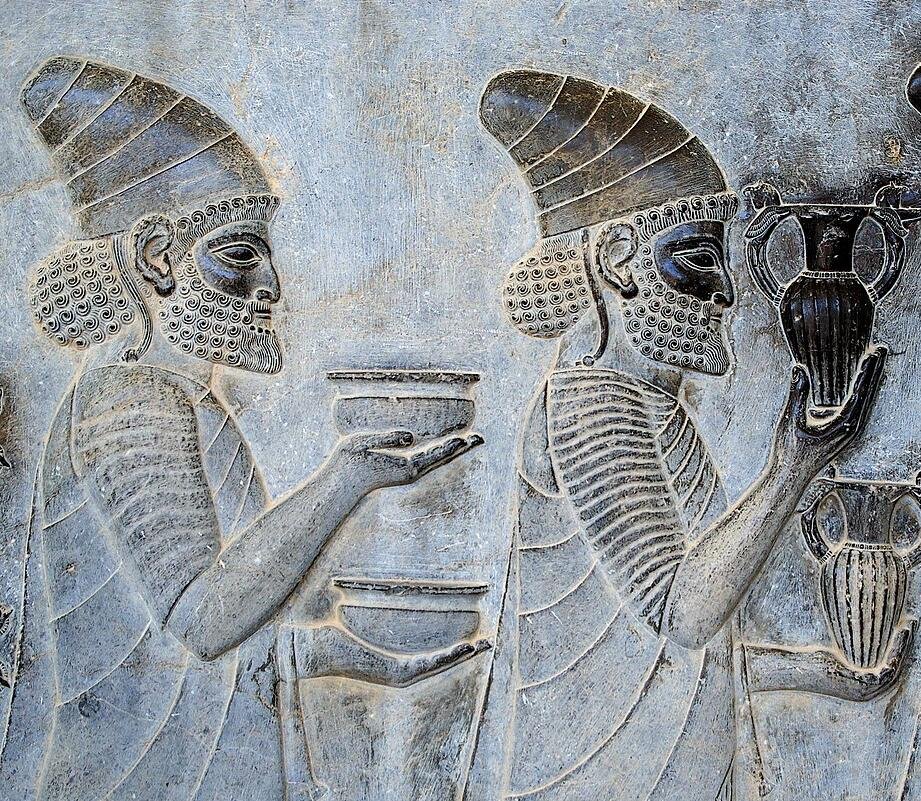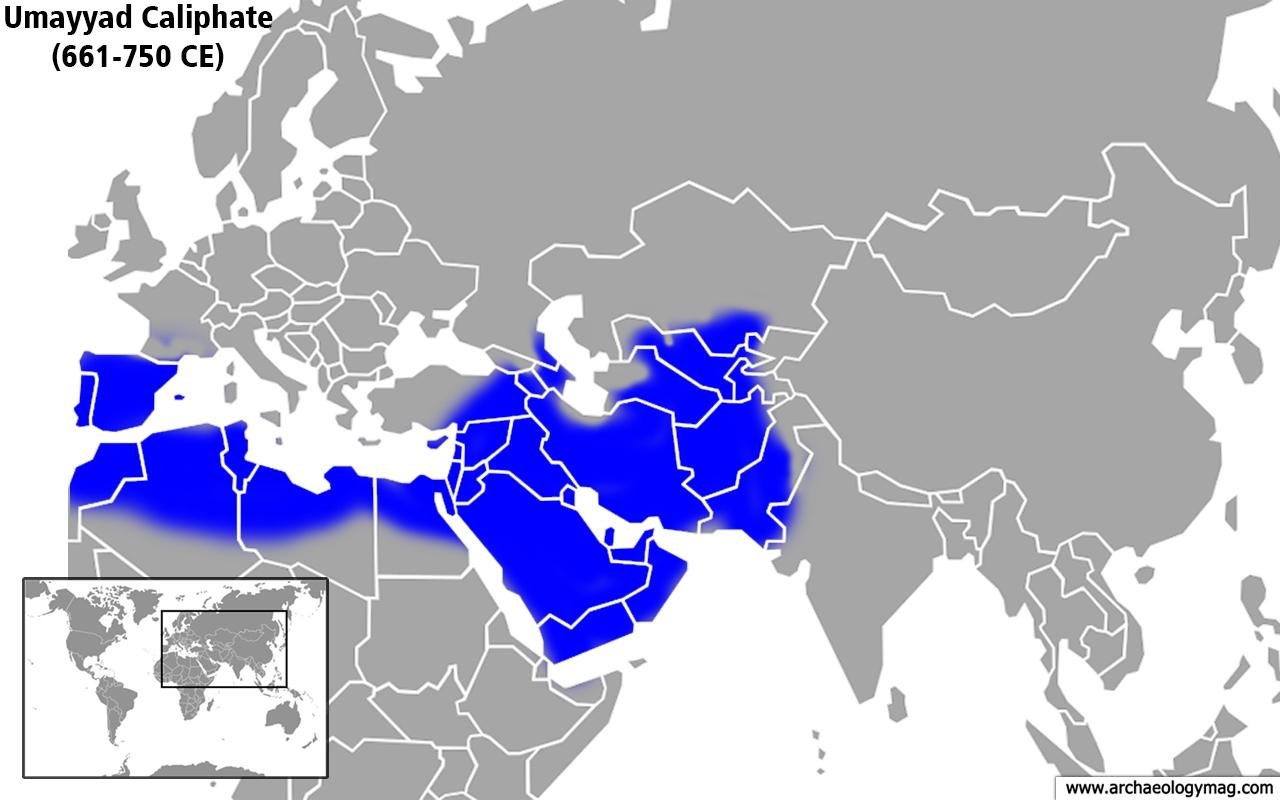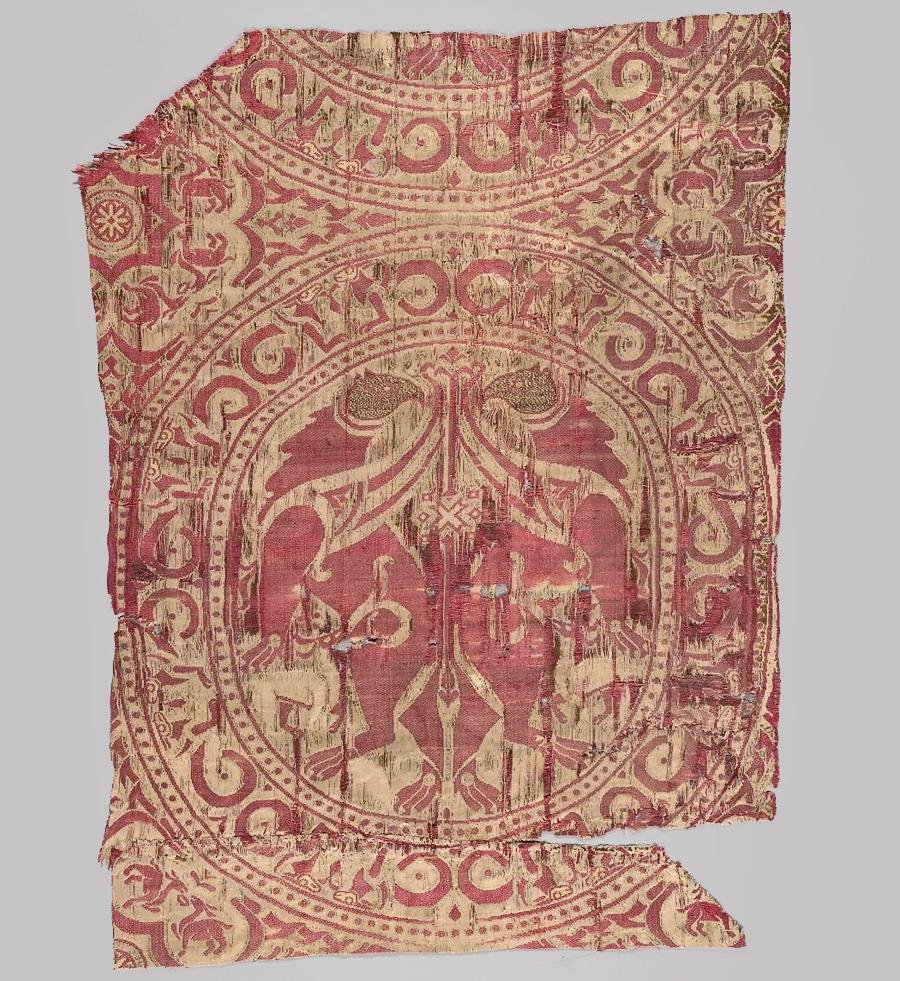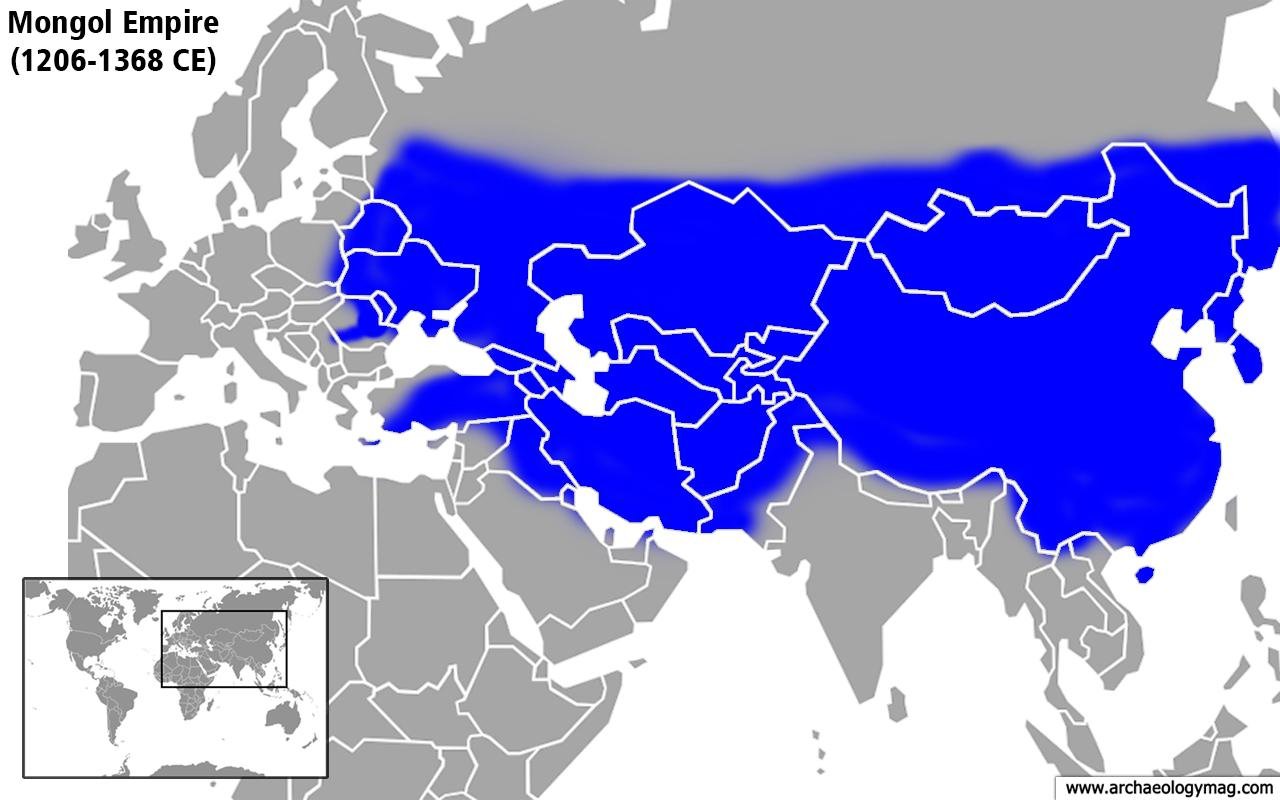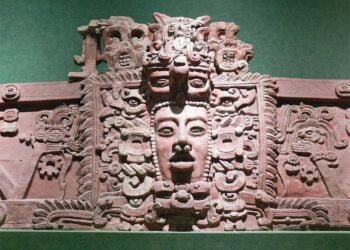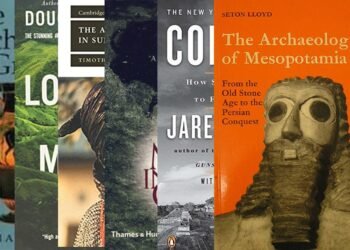Much of the world has been ruled by empires throughout history. Several empires in world history have vied for the title of largest in history, depending on definition and mode of measurement. Size can be measured in a variety of ways, including area, population, economics, and power.
1. Persian Empire (550–330 BCE)
The Achaemenid Persian empire, also known as the Achaemenian Empire, was the largest that the ancient world had seen.
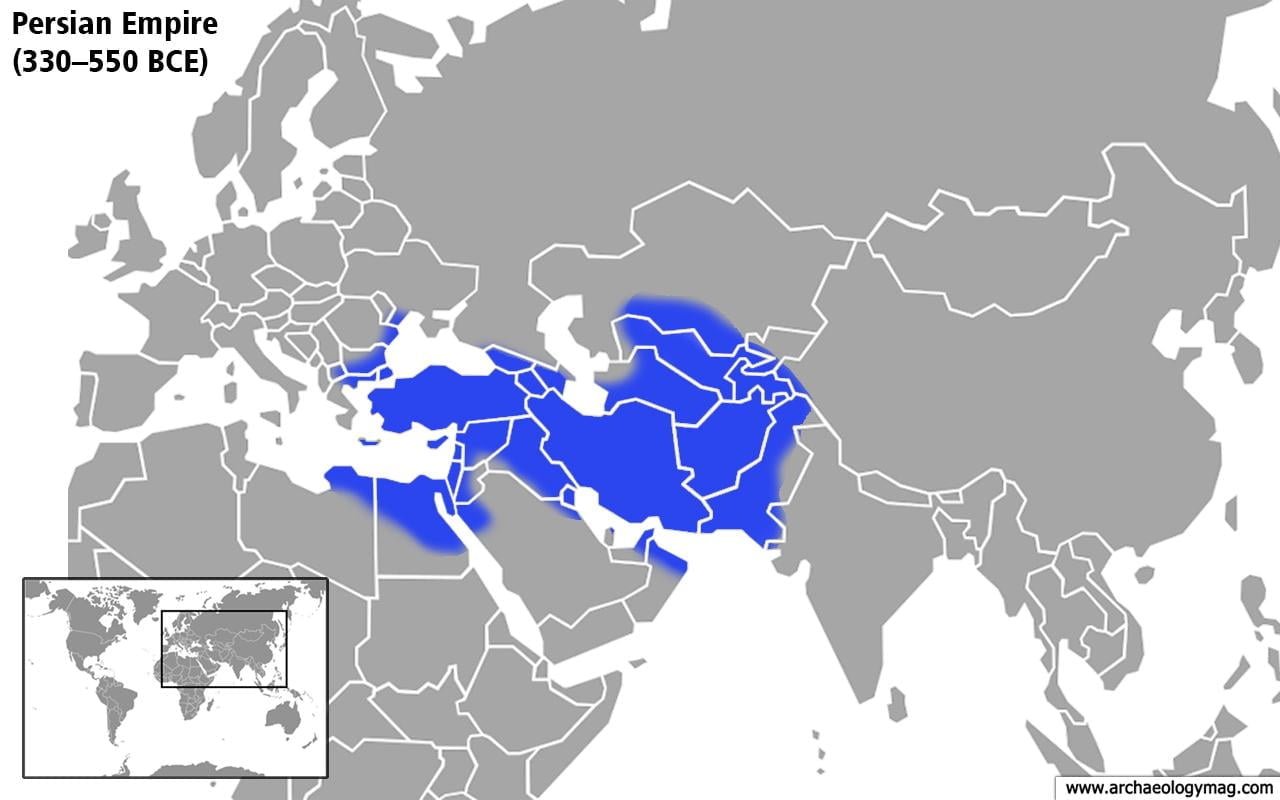 The kingdom covered a total area that was roughly 5.5 million square kilometers (2.1 million square miles) and spanned from Iran through Central Asia and Egypt.
The kingdom covered a total area that was roughly 5.5 million square kilometers (2.1 million square miles) and spanned from Iran through Central Asia and Egypt.
Mesopotamia, the Nile Valley in Egypt, and the Indus Valley in India were three significant early human civilization hotspots that were united under one government by the Achaemenian empire.
The first civilization to regularly develop communication channels between three continents—Africa, Asia, and Europe—was the Persians.
They created the first postal service in history and constructed so many new roads.
Cyrus the Great established the empire, in 550 BCE. He immortalized in the Cyrus Cylinder, a clay cylinder inscribed in 539 BCE with the story of how he conquered Babylon from King Nabonidus, bringing an end to the Neo-Babylonian empire.
2. Han dynasty (206 BCE-220 CE)
After the Zhou dynasty (1046-256 BCE), the Han dynasty was China’s second-greatest imperial dynasty. It succeeded the Qin dynasty (221–207 BCE). The Han dynasty ruled for more than 400 years and expanded into Vietnam and Korea. The Han dynasty established what was later known as Chinese culture so successfully that “Han” became the Chinese word for someone who is ethnically Chinese. Following the civil war that followed the death of Qin Shihuang in 210 BCE, China was reunited under the Han dynasty.
The Han dynasty established what was later known as Chinese culture so successfully that “Han” became the Chinese word for someone who is ethnically Chinese. Following the civil war that followed the death of Qin Shihuang in 210 BCE, China was reunited under the Han dynasty.
The Han dynasty is divided into two primary periods: the Western or Former Han (206 BCE.–9 CE.) and the Eastern or Later Han (25–220 CE.). China has been roughly defined by the borders established by the Qin and maintained by the Han until the present day. During the Han dynasty, poetry, literature, and philosophy flourished.
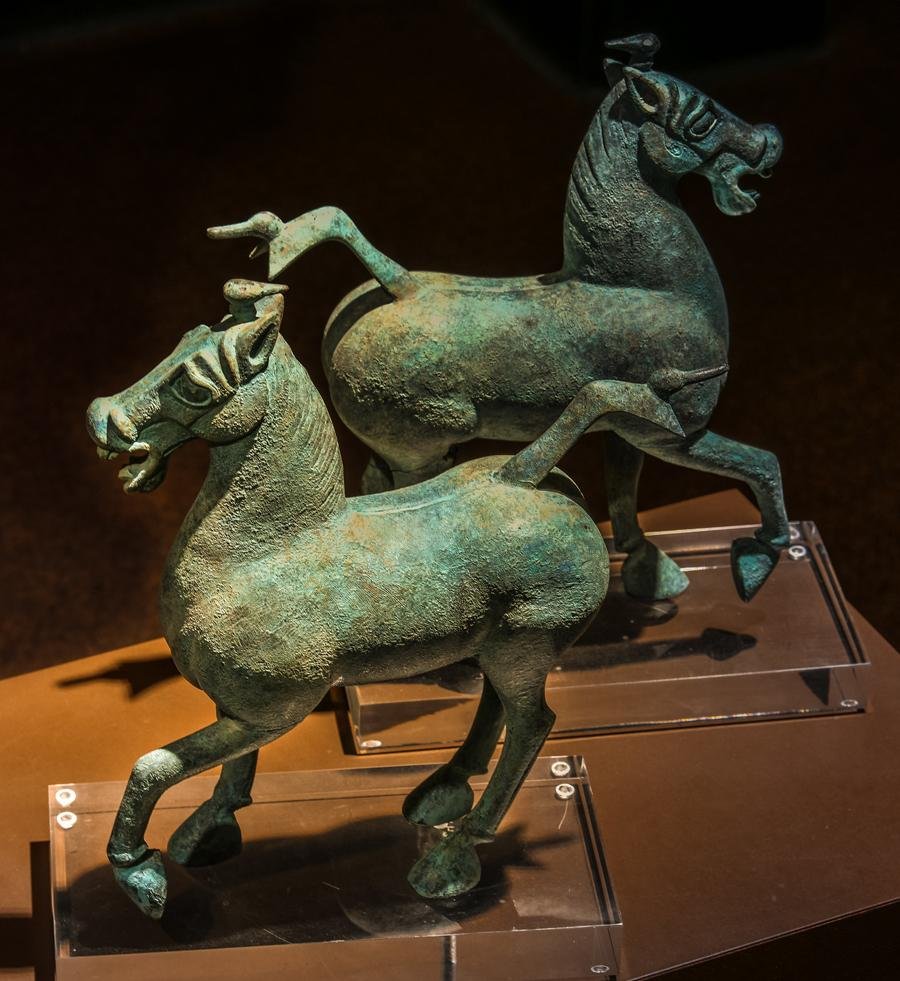 | 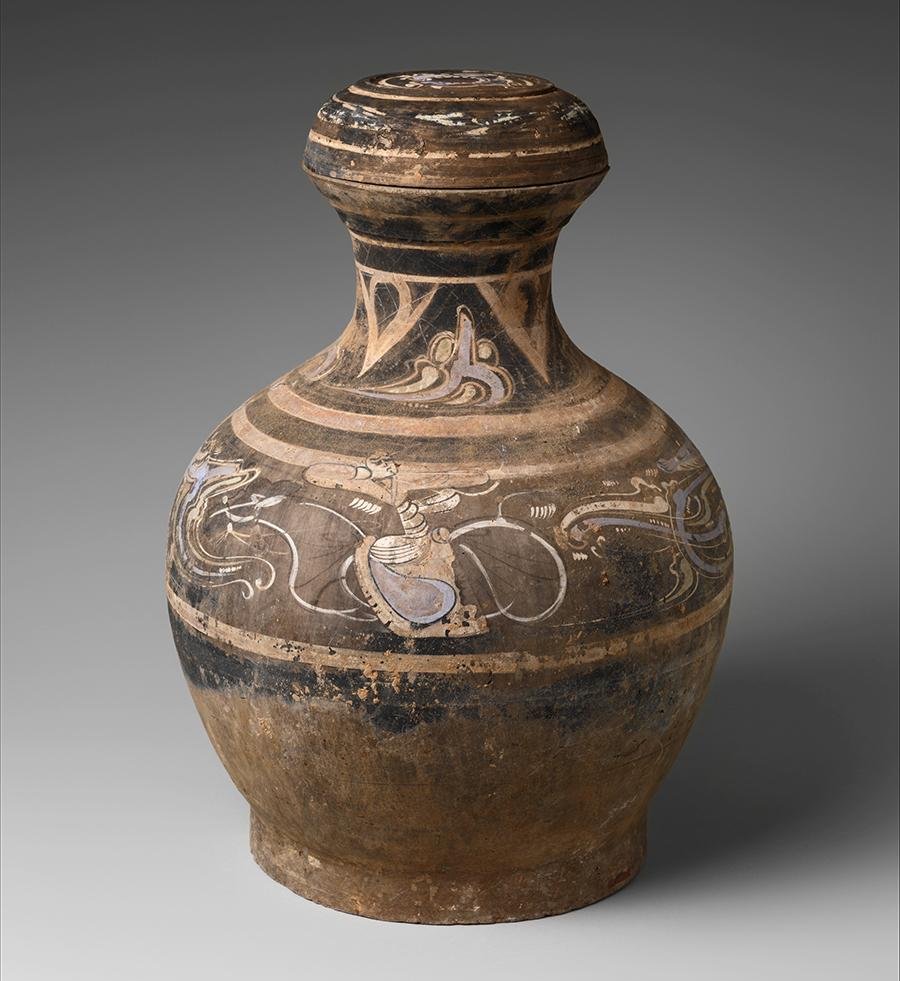 |
| Han Dynasty Bronze Horses. Credit: Don Sniegowski | Covered Jar (Hu), Western Han dynasty, 2nd–1st century BCE. © The Metropolitan Museum of Art |
3. Umayyad Caliphate (661-750 CE)
The Umayyad Caliphate, also known as the Arab Kingdom (indicating traditional Muslim disapproval of the Umayyad state’s secular nature), was the second of four major caliphates established after Muhammad’s death.
The massive Umayyad dynasty spanned over 4 million square miles, making it one of the greatest empires in history. At its peak, the Umayyad Caliphate ruled over the Middle East, parts of India, much of North Africa, and Spain.
Historians estimate that the Umayyad Caliphate had a population of roughly 60 million people (nearly 30% of the world’s population at the time). The Umayyad period is commonly considered as the formative period in Islamic art.
Even when Arabic became the official language and Islam the primary religion of the numerous kingdoms united under Umayyad authority, artists continued to work in their traditional style. The greatest artistic influence came from the late antique classical naturalistic tradition, which was popular on the Mediterranean’s eastern shores.
This was also augmented by the more formal styles developed by the Sasanians and Byzantines, which influenced metalwork, textiles, the depiction of animals, and figural motifs in particular.
4. Mongol Empire (1206-1368 CE)
The Mongol Empire, was the world’s greatest empire in history, stretching approximately 9 million square miles (23 million square kilometers) at its peak and including an estimated population of over 100 million people. The empire was founded by Genghis Khan in 1206 CE.
The Mongol Empire, which originated in present-day Mongolia in East Asia, stretched from the Sea of Japan to parts of Eastern Europe, extending northward into parts of the Arctic; eastward and southward into parts of the Indian subcontinent, attempted invasions of Southeast Asia, and conquered the Iranian Plateau; and westward as far as the Levant and the Carpathian Mountains.
 |
| The Mongol Scroll, aka the ‘Illustrated Account of the Mongol Invasion of Japan.’1274 and 1281 CE. public domain |
5. Ottoman Empire (1299-1922 CE)
The Ottoman Empire, commonly known as the Turkish Empire, was one of the world’s longest-lasting dynasties. The title “Ottoman” derives from Osman I, the nomadic Turkmen chief who created the dynasty around 1300 CE.
For nearly 600 years, this Islamic-run power ruled large areas of the Middle East, Eastern Europe, and North Africa. At its peak, between the 16th and 17th centuries CE, Süleyman the Magnificent’s Islamic empire encompassed three continents: Southeastern Europe to the gates of Vienna (including present-day Hungary, the Balkan region, Greece, and parts of Ukraine), Western Asia, and the Middle East (now occupied by Iraq, Syria, Israel, and Egypt), and North Africa as far west as Algeria, as well as large parts of the Arabian Peninsula.
 | |
Hunter on Horseback Attacked by a Mythical Beast, oil on canvas from Iran, mid-18th century; in the Brooklyn Museum, New York. | Octagonal tile, ceramic composite body, underglaze, painting in black, cobalt blue, apple green, and manganese purple on a white background, from Syria, mid-16th century; in the Brooklyn Museum, New York. |
The Ottoman Empire lasted more than 600 years and was superseded by the Turkish Republic and several successor states in southeastern Europe and the Middle East in the early years of the twentieth century (in 1922).


